The rapid growth of streaming, podcasting, and digital content creation has increased demand for high-quality,...
Why is it important to have the sponge layer in the microphone?
Inside the microphone, it’s made up of many different parts. Some parts are naturally none detachable, some are crucial to the microphone's functioning, and some are neither of the two but are still considered a part of the microphone.
One of those things that come to mind is the sponge layer of the microphone.
This layer, often enough, isn't of any importance to the microphone or the sound the mic produces, but it's still considered an important accessory because of the sponge effect it has.
If you've ever wondered why, then this article will tell you everything you need to know about the sponge layer of the microphone and its importance.
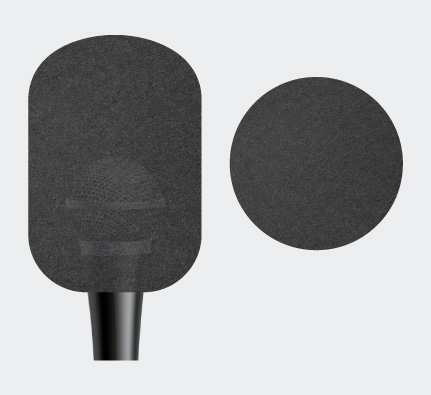
Types of sponge layers of the microphone
Foam, sponge or even windscreen are just some of the terms often used to describe this soft material used to cover a microphone.
The sponge layer/windscreen of the microphone can be made from different materials:
l Foam material
l Faux fur or synthetic fur
l Baskets
The foam material is the most common; however, it's not the most effective on the list.
Microphone windscreens made out of synthetic fur or baskets are usually used on TV shows because they are more aesthetically pleasing.
Reasons why using a sponge layer is so important.
The sponge layer of the microphone isn't for aesthetic purposes only.
In fact, it serves a very vital function. The sponge layer or windscreen protects sponge layer of the microphone from the wind, especially when used outdoors.
Without the sponge layer, small sounds which might seem negligible, like breathing or even small gusts of wind, might cause loud pops in the audio signal.
Instead, the sponge layer of the microphone acts as a protective barrier that breaks up the air interference before it can reach the diaphragm of the microphone.
When to use a sponge layer of the microphone
There are several settings/scenarios where a sponge layer of the microphone is useful.
And they are:
l Recording outdoors
Of course, this is the commonest setting where a sponge layer is applied.
You might have noticed it on TV with a news reporter or during a concert.
The weather can be very volatile, and a clear sunny day might suddenly become windy.
The sponge layer helps to prevent any interference caused by weather without affecting the overall sound of the mic.
l Using the microphone close to an HVAC system
Surprisingly enough, you might also have a wind problem while recording, even when you're indoors.
The heating ventilation and air conditioning system (HVAC) is a complex system, and its internal mechanism produces a blowing sound when it's being used.
Recording close to these systems, such as a fan or an air conditioner, is going to cause an interference similar to recording outdoors.
And in situations like this, the sponge layer is the best bet km avoiding these issues.
l When recording a vocalist
While it's a good idea to speak at close range to the microphone, this might cause a popping sound interference, especially when certain consonant sounds like p, b, etc., are produced.
So instead of backing up to avoid this issue, it's better to use a sponge layer.
l General protection
The sponge layer of the microphone is also somewhat effective in offering your microphone general protection.
It acts as a screen from agents that can cause damage to the microphone, such as saliva, dust particles/dirt, etc.
Conclusion
Although the sponge layer is an accessory to the kid’s microphone, its usefulness cannot be understated.
The sponge layer of the microphone isn't only for ensuring quality sounds are produced by the microphone. Ideally it is also for providing a protective barrier that can increase the life span of your kid’s microphone.


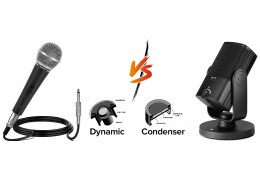
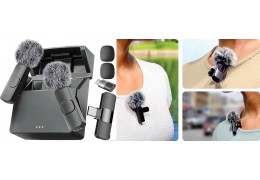


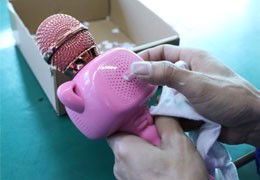
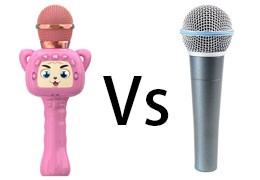


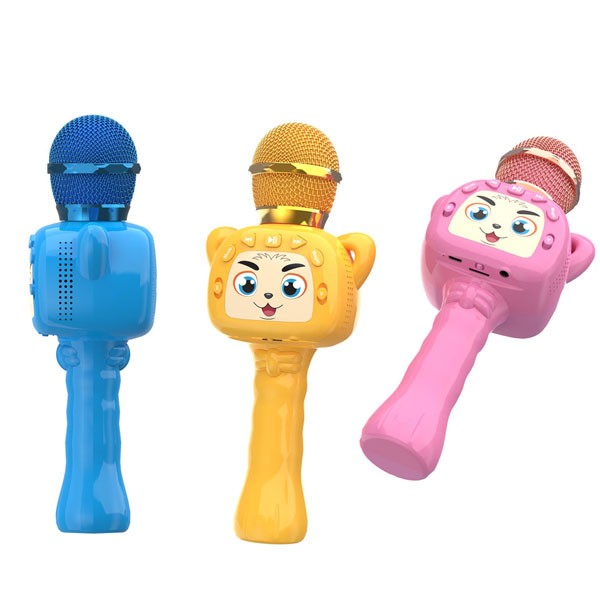
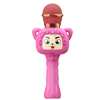

Latest comments